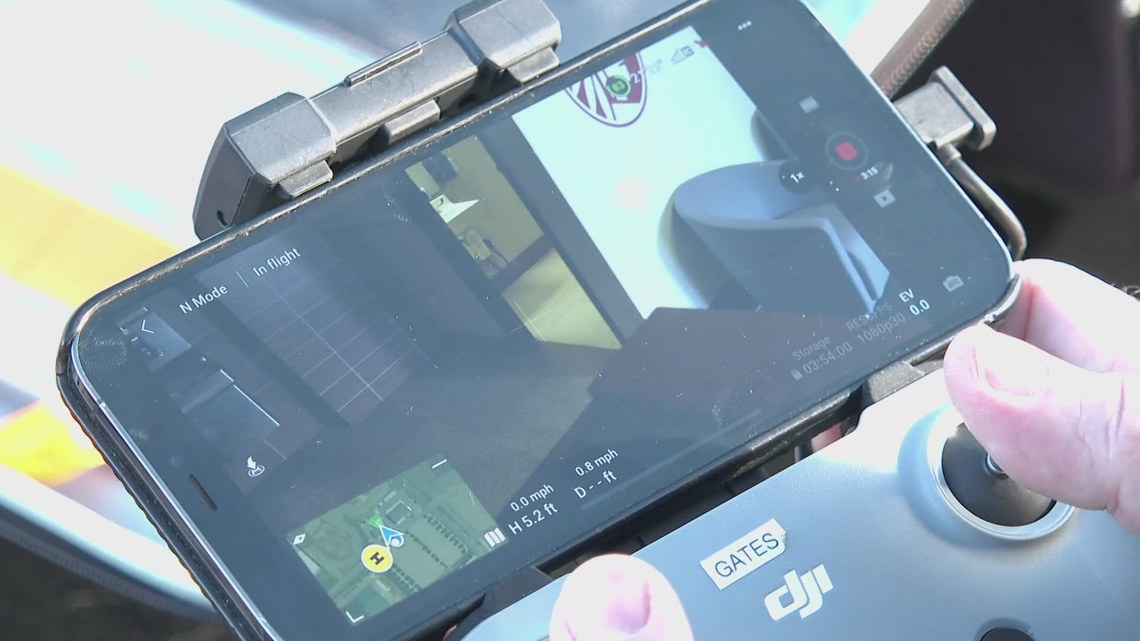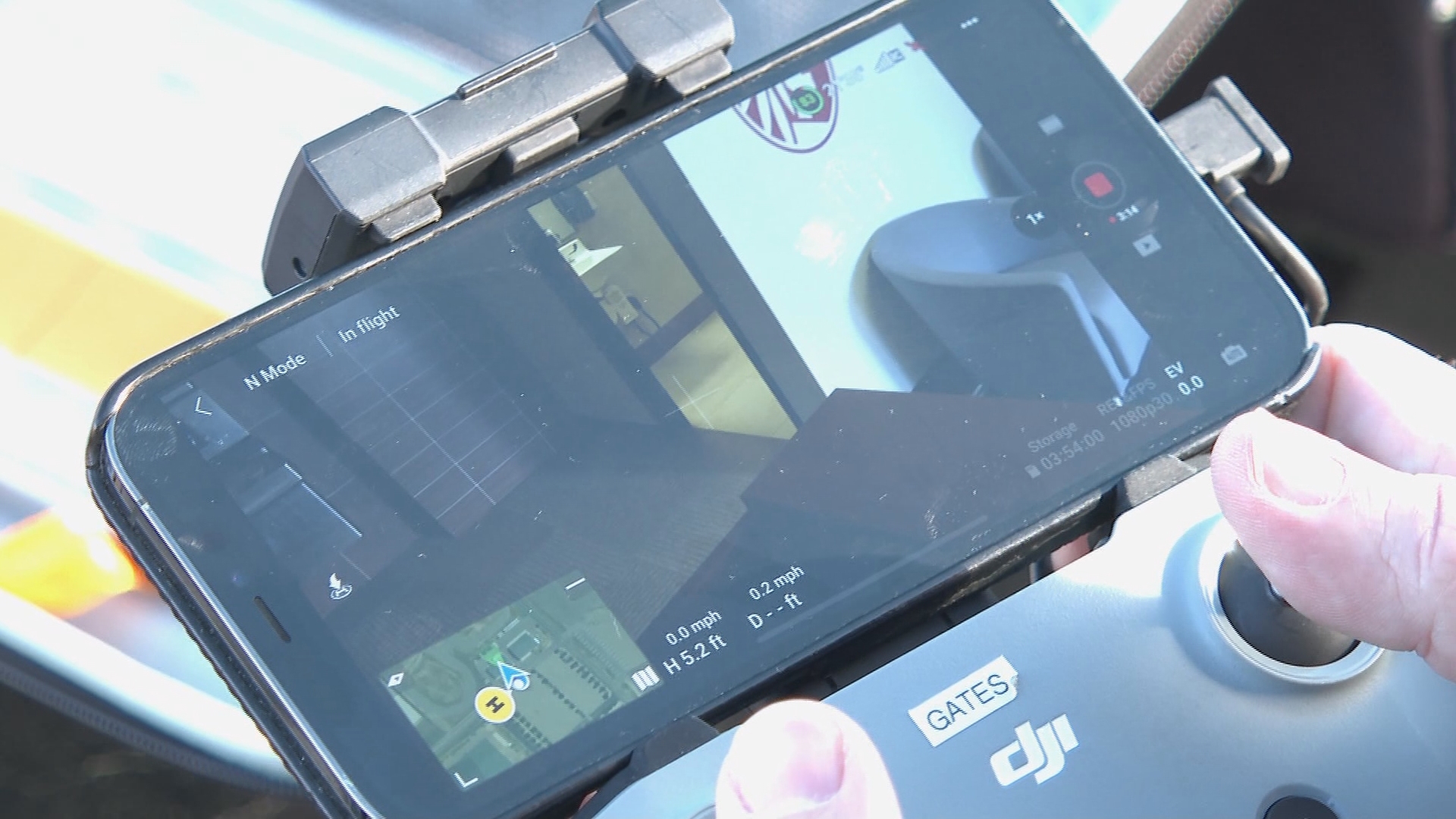ARAPAHOE COUNTY, Colo. — The Arapahoe County Sheriff’s Office is in the early stages of testing out a potential task force that would send drones to certain 911 calls before deputies can make it to the scene.
The idea, called Drone as First Responder, is being used in a handful of police departments nationwide.
Cunningham said their drones can fly at 40mph, potentially allowing them to reach a scene quicker than a squad car navigating traffic.
At the test site, deputies responded to multiple calls with the drone, including a traffic stop, a potential fire, and a potential shoplifting call.
FAA rules limit the drones to a maximum altitude of 400 feet, and officers must be able to visually see the drone from the ground, limiting them to a 3-mile distance on a clear day.
“Everything is by visual line of sight, so we have one person just monitoring the drone visually while the other one is flying it,” Cunningham said. “As soon as they can’t see it any longer, they have to position themselves or tell the operator hey I can’t see you anymore, you need to come back.”
A handful of agencies in the country already use a program like this, including Chula Vista Police in California.
Records show that last year officers responded to 4,600 calls with a drone, assisting with 666 arrests.
The department says drone deployment also prevented them from dispatching a patrol unit to 792 calls.


Residents in Chula Vista can also access a map showing where the drones are being used.
“Not only is it assisting in providing additional intelligence, it’s also saying no, nothing strange is going on, we don’t need to waste resources, crucial resources, deputies, to go out here and do absolutely nothing,” Cunningham said.
The American Civil Liberties Union of Colorado says the idea raises red flags with privacy concerns.
“Using drones to help in solving crimes is a reasonable use if we know that a crime exists, has occurred, and we know the general area of where,” ACLU Senior Policy Strategist Anaya Robinson said. “But if we’re just allowing law enforcement to fly drones around to see if crime is happening, that’s a constant invasion of the privacy of every single person within the scope of that drone.”
Robinson said if the department moves forward with something like this, the public needs to know exactly what the drones are being used for, and when.
“Those policies also need to be public-facing,” Robinson said. “The public has every right to know exactly what law enforcement is doing, and why.”
Cunningham said the testing is still in the early stages, and the department is a long way from moving forward with a full-time drone response unit.
“This is not a turnkey anything. Before this would ever go into fruition we would get as much input as possible from the public, and if it’s not something they want, then it’s not something we’re willing to explore, because that’s who we serve at the end of the day,” Cunningham said.
SUGGESTED VIDEOS: Investigations & Crime

